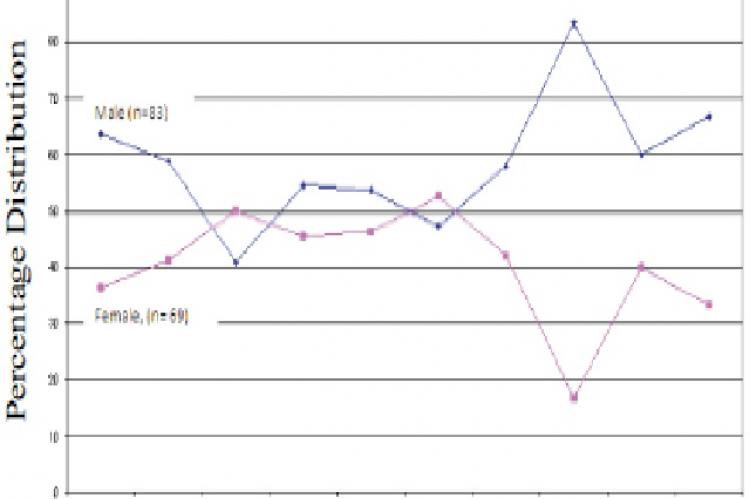With the general growing trend of antimicrobial resistance among bacteria, this study was set out to ascertain the prevailing antimicrobial resistance pattern of Klebsiella pneumoniae, a hitherto highly susceptible bacterium from clinical specimens.The study was retrospective in nature. Data generated from clinical specimens processed at the University of Calabar Teaching hospital Microbiology laboratory were compiled over a five year period (2004-2009). Relevant data such as type and nature of specimen, microscopy and culture results, antibiotic susceptibility results, and age and gender of the respective subjects were obtained. From the 152 Klebsiella pneumoniae isolates from 54.6% (83) males and 45.4% (69) females, 62.5% (95) and 37.5% (57) were community acquired (CA) and nosocomial (NC) isolates respectively. At least 52.0% (79), 32.0% (49), and 16.0% (24) of the isolates were resistant to ≥5, 3-4, and 1-2 antibiotics respectively while no isolate (0.0%) was susceptible to all the antibiotics tested. The resistance of the NC isolates of Klebsiella pneumoniae against chloramphenicol, erythromycin, co-trimoxazole, tetracycline, amoxicillin, cloxacillin and ampicillin was significantly higher than their CA counterpart (P< 0.05). Augmentin, colistin, Ofloxacin, ceftriaxone and nalidixic acid were the most active agents. Extreme restraint should be exercised in the use of antibiotics among clinicians while their general use adequately regulated to help control this growing pattern of multiple resistance.
View:
- PDF (512.55 KB)


